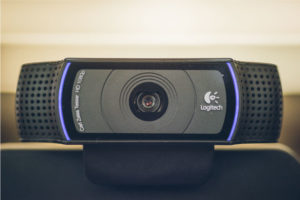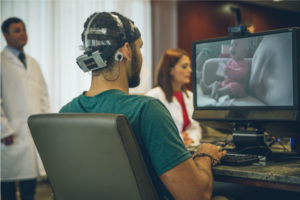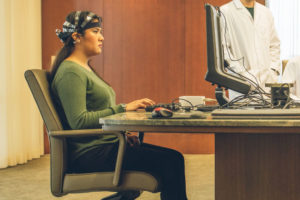 People tend to think of identity protection when they think of biometrics – but that’s just one use in hundreds. Measuring and analyzing physical and behavioral characteristics unlocks the inner workings of the decision-making process.
People tend to think of identity protection when they think of biometrics – but that’s just one use in hundreds. Measuring and analyzing physical and behavioral characteristics unlocks the inner workings of the decision-making process.
Behavioral biometric research has been going on for years, however, there has not previously been an efficient method for collecting large amounts of data. Most methods rely on six different pieces of complex and costly equipment and nearly as many software applications, meaning the separate data streams have to be collected and analyzed. Not only is this time intensive, but it also allows human error to affect the information.
For the first time ever, there’s technology that can measure multiple biometric characteristics at once and bring all that data into one, easy-to-read program. The Human Behavior Laboratory at Texas A&M University is using this advanced technology, making our lab not only the largest of its kind in the world, but also the fastest in collecting data.
![]()
Eye Tracking
Through eye tracking, researchers can determine how many times a subject looks at an object, and how long they fixated on it. In addition, pupil size can indicate arousal. Suppressed blinks indicate concentration, while more active blinks indicate less attention is required.

Facial Expression Analysis
To gauge emotional states, facial expressions can be detected, indicating general emotional responses (positive, negative or neutral). The equipment can also identify basic emotions such as joy, anger, surprise, fear, sadness, disgust and contempt.

Galvanic Skin Response
The measurement of sweat on the skin, or Galvanic Skin Response (GSR), indicates arousal or stimulation.

Heart and Respiration Rates
The heart and respiration rates can point to several psychological reactions, such as arousal, cognitive and physical effort, and attention. The heart rate declines when attention increases, and rises when arousal increases.

Neural Signals
Using a non-invasive electroencephalogram (EEG) brain scanner, researchers can assess cognitive engagement and monitor workload in the cerebral cortex by measuring electrical flow of the brain directly from the scalp.

Decision-Making Time
The amount of time can be measured and recorded, allowing the researcher to analyze which decisions were instantaneous, and which required more thought or emotion.

Distance from the Screen
Subjects tend to lean in when they are engaged. This distance can also be measured and tracked to indicate interest.
Powered by iMotions: a single platform to present multiple stimuli, pictures, videos, real objects, real environments, etc.